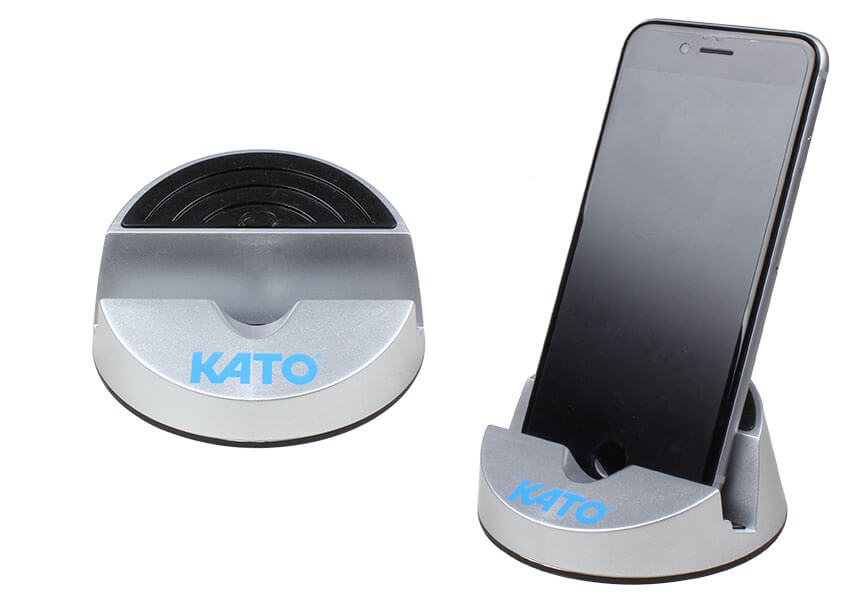
The casting of parts instead of machining or forging offer many possible advantages such as design control and flexibility in mass production, lower cost (in high production), creation of complex shapes not possible (or cost prohibitive) in machining, additional structural benefits, etc.. However, there are certain disadvantages to using a metal casting when considering the installation of helically coiled screw thread inserts. The two most common installation problems seen due to casting materials are porosity defects and increased surface roughness.
Metal castings can suffer from porosity defects. In the scope of screw thread insert installation, the porosity issues most commonly seen are due to shrinkage, which causes cracks and cavities to form at or below the surface, and gas pockets, which are material voids occupied by trapped gases present in the cooling process. Either way, what occurs are gaps in the STI threads that impede insert installation. These gaps cause the insert (tanged or Tangless ©) to get stuck or to skip threads. If there is a large enough gap, a tanged insert can become obstructed at the radius causing the tang to bend out prior to completing the installation. If the gap is found by a Tangless insert, the tip of the insert can become wedged, and if there is excessive torque it can wipe out the drive notch. Unlike a tanged insert, a Tangless insert can be safely removed from the piece with a KATO Tangless removal tool, but the insert is irrevocably damaged.
Unfortunately, standard gaging techniques will not account for porosity issues in threads. Since, the problems tend to be gaps, or the absence of material, STI gages (Go/NoGo and pin gages) cannot find the problems. A visual inspection or other methods can be used to find any defects, or discontinuities, which may impede insert installation.
Torque tests revealed noticeable difference when comparing the installation torque of the same lot of inserts into the same type aluminum produced by different manufacturing processes. Machined aluminum bar stock was compared to an aluminum casting. The difference showed that a normal byproduct of casting materials, higher surface roughness, causes an increase in installation torque. If excessive torque is applied during installation, either the tang on tanged inserts, or the drive notch on Tangless inserts may become damaged.
The same installation procedures apply for a casting (rough surface) as any other. However, additional care and attention is needed when performing the following steps:
In short, when installing CoilThread inserts (tanged or Tangless) into metal castings the installation is the same, but additional care and attention is need.
If you have any questions, please contact us.
For more technical articles, register to KATOpedia today! Registration is FREE, and take less than 1 minute to complete and gain access to the world's most comprehensive online encyclopedia for helically coiled screw thread inserts and tools.